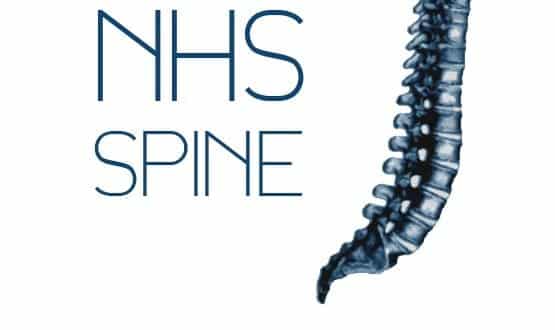ETP might have blocked Shipman, inquiry says
- 21 July 2004
Electronic transfer of prescriptions (ETP) could have stopped Dr Shipman from prescribing controlled drugs for so long without anybody noticing, the most recent Shipman Inquiry report has found.
As long as ETP was made secure, and “all prescriptions, both private and NHS, were recorded on the common spine, there could be greatly improved regulation of controlled drugs,” writes Dame Janet Smith DBE, chair of the inquiry. “Once a GP has written a prescription electronically, the prescription will rest on the common spine of the electronic record".
The report suggested that pharmacists, who would need access to the spine to receive ETP, might be able to make more informed decisions about whether the electronic prescription presented to them was genuine if they also had access to care records, and “would know for what condition the prescription had been issued."
It was also suggested by some representatives providing evidence to the enquiry that the patient’s condition should be made part of the prescription itself, although it was recognised this would generate confidentiality problems.
Other security benefits of ETP linked to electronic care records were highlighted by the inquiry: "A dishonest doctor would be unable to prescribe for a wholly fictitious patient; there would be no NHS Care Record for the patient. A prescription could not be stolen or lost. Prescribing and dispensing information could be sent automatically to the Prescriptions Pricing Authority (PPA), saving a great deal of time and money.
“It would be possible to place an alert on the system so as to prevent a doctor whose right to prescribe controlled drugs had been withdrawn from creating or transmitting a prescription for that type of drug," states the report.
However, Dame Janet said there were several issues with the way ETP is currently being implemented and tested, and strongly recommended that the Home Office also be involved with checking security: "The Home Office is aware of the need for improvements in many areas. However, it seems that the impetus for modernisation is coming largely from the DoH through its development of IT systems which are designed primarily to improve patient care rather than to facilitate the regulation of controlled drugs or the monitoring of their use.
“It seems to me that a joint approach between the two departments is needed so that the legislative framework can be changed to allow for the use of computer technology with an eye on improved regulation and monitoring of controlled drugs."
At the very least, the report argues, “it might be sensible to test the security arrangements of the whole package rather than doing it piecemeal." ETP testing in the context of controlled drugs, such as the diamorphine prescribed by Shipman, is obstructed by law that still requires such prescriptions to be handwritten.
Another potential aspect of electronic prescribing that needs work is access to actual prescribing systems; existing security flaws, such as shared passwords, must be ironed out: “If access to a GP’s computer system were to create and transmit prescriptions electronically, and if security were slack, the risk of diversion of controlled drugs would be grave."
“However, if an ‘extra’ security measure were introduced into the system for use when a doctor wished to prescribe a controlled drug and this could only be accessed by him/her personally, using a confidential code, then I would have thought that the system would be reasonably secure," writes Dame Janet.
Other security issues discussed in the report include backup systems for doctors, especially in the private sector, who cannot prescribe drugs by computer and do not have access to the spine, and the possibility of time-stamping, as well as date-stamping, electronic prescriptions: "In a fully computerised system, it would be possible to record the time at which a prescription for a controlled drug was dispensed at the pharmacy.
“The computerised recording of information such as this… would, for example, have been invaluable in the investigation of Shipman’s offences," states the report.
The Shipman Inquiry was established by Parliament in January 2001. Its purpose is to advise the Department of Health and the Home Office as to what steps need to be taken to protect patients.




